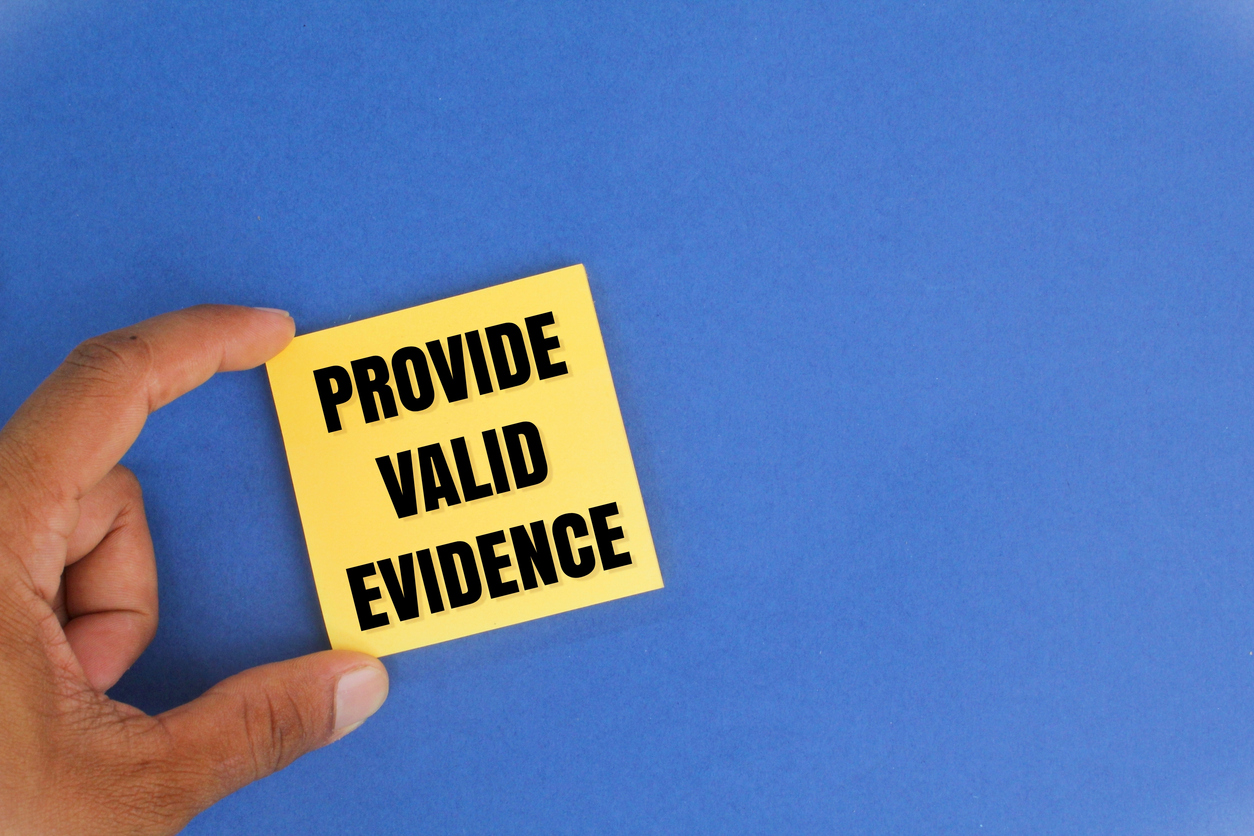When property insurance policies are issued, insurers may add in provisions which seek to lessen the risk of loss. One of the common types of conditions included in a policy is what is called a protective safeguard provision.
My colleague, Dan Veroff, provided several examples of what these provisions look like in his blogpost, Protective Safeguards Endorsements: Does Your Policy Have One?:
For example, a policy may require burglar alarms, and exclude coverage for theft if alarms are not working at the time of a loss. Or, a policy may require fire sprinklers, and exclude coverage for fire loss if the property does not have any. Some provisions may even allow the insurer to deny coverage if the insured failed to have a contract in place for regular service of the protective safeguard, something often seen for Ansul systems in restaurants.
For the most part, these protective safeguard conditions are fairly simple to understand and read. An example of a commonly included provision is as follows:
The Premises Alarm or Fire Protection System
***
The following condition is added to the Policy:You are required to maintain, in complete working order, all protection or security systems about which you have told us and over which you have control.
Failure to do so will void any coverage otherwise available under this policy for fire, lightning, theft, attempted theft, vandalism and malicious mischief, and any ensuing loss caused by an intentional and wrongful act committed in the course of theft, attempted theft, vandalism and malicious mischief.
The following exclusions are added to the Policy:
1. We do not cover loss or damage caused by theft, attempted theft or vandalism and malicious mischief, and any ensuing loss caused by an intentional and wrongful act committed in the course of theft, attempted theft, vandalism and malicious mischief, unless, all the physical protections and all the security systems you have told us about are in full and effective operation whenever the dwelling is left unattended.
2. We do not cover loss or damage caused by fire unless all the fire protection systems such as an alarm system and/or automatic fire protective sprinkler system you have told us about are in full working order at all times.
Exclusions 1. and/or 2. will not apply if:
a. prior to the date of loss or damage, you had no knowledge of the suspension or impairment that ceases the full and effective operation of the system; or
b. prior to the date of loss or damage, you advised us of the suspension or impairment that ceases the full and effective operation of the system.
All other provisions of this policy apply.
Seems fairly simple to understand, right? If you, the insured, suffer damage to your property by way of a theft, the insurer will not be liable for the damages if you failed to maintain an operational alarm system, which could have potentially protected you from both the theft and the damages.
Now, here’s a scenario that has come up in which things become a little more complicated. What if the property thief is the one who caused the alarm to be inoperable? Essentially, the insurers could deny coverage for the claim, citing to the inoperable alarm system and the condition under the policy. This type of coverage decision would theoretically give the insurer an out in these common situations. Courts have addressed this issue, specifically in the cases of Charles Stores, Inc. v. Aetna Insurance Company and Hawkins v. Great Central Insurance Company.
In Charles Stores, the insured business suffered a loss as a result of a fire.1 The policy at issue had a similar protective safeguards provision that allowed the insurers to disclaim coverage if it was determined that the alarm systems were inoperable prior to, or at the time of loss. The evidence showed that the alarm and sprinkler system were found to be in working order two days before the fire.
In finding that the insurer’s denial based upon the protective safeguards endorsement was improper, the court stated:
The jury could infer that the fire, which without dispute, was of incendiary origin, was set by persons whose acts were not chargeable to the insured and that whoever set the fire disengaged operative safeguard devices, and that, therefore, the insured complied with its duty to maintain the system ‘so far as is within his control.’ Neither the language of the policy nor the cases cited support an interpretation of the policy so sweeping as that urged by appellants— that the insured is a guarantor of the continuing effectiveness of safeguard devices so long as it is in control of the premises and that such guarantee is breached and coverage suspended if the cause for the inoperative condition of safeguards is the act of persons other than the insured done concurrently with the fire itself. An insured’s overall control of the premises does not give it control in the sense that it can prevent the act of an arsonist who cuts off the sprinkler system while setting a fire. To assure itself, under appellants’ construction, of the benefits of a safeguards clause the insured would have to keep a watchman on the premises. Presumably if the fire itself rendered the safeguards inoperative the insurers would not claim coverage was suspended. We perceive no difference if, as the jury could find, the safeguards were disengaged by the person who started this incendiary fire.
In Hawkins, the cause of loss was a burglary that rendered the alarm system inoperable.2 In the insurer’s denial of the insured’s claim, the insurer said that the insured did not comply with the conditions of the policy, citing to the policy’s protective safeguards provision.
In the court’s holding, finding that the insurer’s denial was improper, the court stated:
There is no doubt that plaintiff made a submissible case under the allegations of the petition. Taking the evidence in the light most favorable to plaintiff, it disclosed that there was a policy in force, an approved burglar alarm system was installed, the alarm system was checked prior to the burglary, the burglars ‘jumped’ the system, a loss occurred and plaintiff performed the conditions necessary to recovery. The defense that the burglar alarm must sound before the policy becomes effective is not, as defendant contends, the test. The test is whether there is, as the warranty states, an approved burglar alarm system maintained, and kept in proper working order and connected.
As can be seen by both the Charles Stores and Hawkins decisions, the overall idea behind the court’s rationale is similar: the inclusion of a protective safeguard endorsement should not be used against the insured when a covered cause of loss is the reason why the alarm became inoperable in the first place. These provisions would effectively become meaningless if this were the case.
________________________________________
1 Charles Stores, Inc. v. Aetna Ins. Co., 490 F.2d 64, 66 (5th Cir. 1974).
2 Hawkins v. Great Central Ins. Co., 509 S.W.2d 477 (Mo. App. 1974).





